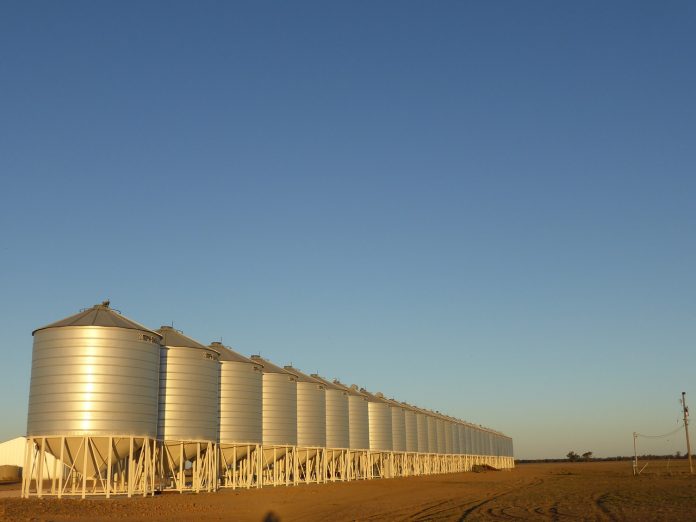A striking lack of faith is the biggest factor in grain price movement in the year 2020 so far. Soybean prices especially have declined as traders have lost faith in the reality of China being the savior of the markets.
The savior appeared, in the form of the Phase One agreement with China signed Jan. 15. However, the traders are mostly doubting Thomases, wanting to see the evidence of the nail prints in the hands and the wound in the side.
That is, grain traders are not willing to bet on higher prices in the form of higher futures trades on the board of trade until the actual exports are recorded. They remain dubious that the Chinese market will rise from the death of the tariff war until the trading walks among them.
Soybeans in decline
Soybean trading has been an emotional affair. We made a high on the March futures contract on the first day of trading this year, Jan. 2. That was at 9.61, and the decline since then has been steady, if not spectacular.
We have not had any one day that the loss was large, but we have steadily traded lower until the recent low of 8.683⁄4 Feb. 3. Since then, we have found several reasons to keep prices lower. The biggest reason is lack of immediate trade to China.
China
The market seemed to expect a flood of export orders the minute the agreement was signed. In fact, analysts are now looking at the agreement and realizing that there was a 30-day lead-in period in the agreement, so we should not have been disappointed.
Then, there is the fact that China seems to be buying their beans from Brazil while that harvest is on. In addition, the Brazilian beans have been effectively cheaper than even harvest would have made them, since the Brazilian currency, the real, has hit record lows against the dollar.
Coronavirus complications
Now we have the problem, as I mentioned last week, of the coronavirus. There is a question of how much trading can be done if people are quarantined in their homes. And, the semi-rational reaction to the virus had most markets, both grain and equity markets, on the defensive. The Dow recovered first, but the grains are still waiting to see if the exports are really there.
New estimates
So, today, Feb. 11, after this is written, USDA will release at noon our time the World Agricultural Supply and Demand Estimates. Traders do not expect to see changes in our usage or exports, even though we think we know the demand increases are there.
The USDA is still looking for the “nail prints” of actual exports. So, once again the market will remain disappointed. We are still looking for real production numbers (if we are right), and now we are looking for real supply and demand numbers. We will still be looking for a while.
Corn prices, meanwhile, have traded in the range between 3.70 and 3.90 for the year so far. We made an exciting March high of 3.94 Jan. 23, but what looked like the breakout we were looking for fizzled. We are now trading at 3.801⁄2, in the middle of the range.
The good news is, we still believe we will sell a lot of corn to China. It may be in hog carcasses, it may be in DDGs, it may be as ethanol, and it may be whole corn. Eventually, it will show up in the market.













